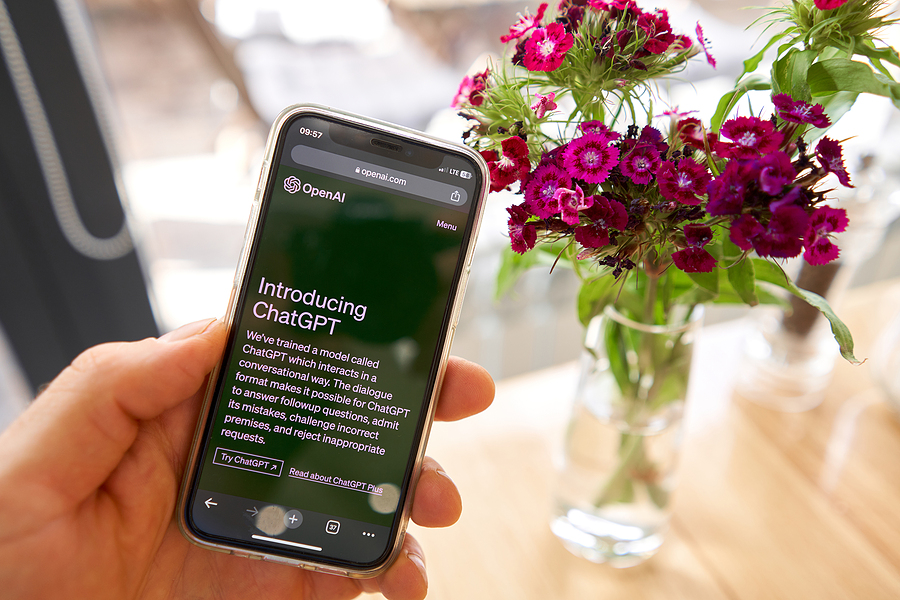Lesson planning can be a time-consuming endeavor, especially for educators teaching students with lower levels of English proficiency. Adapting materials to meet the needs of these learners requires careful consideration and often entails significant effort. However, with the assistance of tools like ChatGPT, this process can be streamlined and made more efficient.
Consider, for instance, the task of planning a lesson for CLB 2-3 learners on a topic as complex as understanding how to apply for a driver’s license. Finding suitable resources tailored to this proficiency level can be challenging, particularly when dealing with official documents such as the Ontario Ministry of Transportation’s Driver’s Handbook. The sheer volume of information and the need for adaptation can quickly become overwhelming.
To address these challenges, ESL instructors can turn to ChatGPT for assistance. By inputting the original article and the specific requirements for simplification, instructors can quickly obtain a modified version of the text tailored to the needs of their students. However, it’s essential to remember that while ChatGPT provides valuable support, manual review and refinement are still necessary to ensure the accuracy and appropriateness of the simplified text.
Here’s a step-by-step guide for using ChatGPT in lesson planning:
Step 1: Choose the Article
Begin by selecting the article relevant to your teaching topic. Instead of using the entire document, focus on the specific sections that align with your learning objectives to avoid overwhelming your students.
Step 2: Identify the CLB Level
Determine the Canadian Language Benchmark (CLB) level that corresponds to the content of the chosen article. This will help ensure that the material is suitable for your students’ proficiency level, in this case, CLB 2-3.
Step 3: Input the Prompt and the Article into ChatGPT
Initiate the interaction with ChatGPT by providing a clear prompt outlining your requirements. Copy and paste the selected article into the interface to begin the simplification process.
Step 4: Review the Simplified Output and Refine as Needed
Carefully review the simplified version of the article generated by ChatGPT. While the tool provides valuable assistance, manual refinement may be necessary to address any discrepancies or nuances that require adjustment.
Step 5: Incorporate Visual Aids
Enhance comprehension by supplementing the simplified text with visual aids such as images, diagrams, or videos. These visuals provide additional context and support understanding, particularly for learners at lower proficiency levels.
Step 6: Assess Comprehension
Create level-appropriate reading questions based on the final version of the simplified article to gauge students’ comprehension. Encourage discussions and interactive activities to reinforce learning and clarify any challenging concepts.
By following these steps, ESL instructors can effectively leverage ChatGPT to simplify real-world tasks and tailor them to the needs of their students. Whether teaching reading, writing, speaking or listening skills, integrating ChatGPT into lesson planning can save time and provide access to a wealth of resources. Embracing technology in the classroom can make teaching more manageable and engaging for both educators and students alike. Why not give it a try?
Here are the prompts I used to help plan a lesson pertaining to understanding how to apply for a driver’s licence (Skill: Reading; Level: CLB 2-3).
Prompt 1: I have an article from the Ontario Driving website that I’d like to simplify and make appropriate for learners at CLB Level 2-3. The criteria for CLB 2-3 reading are the following: 1) Read the alphabet, common words and very simple sentences on familiar topics with the help of pictures; 2) Read and understand simple, everyday words and basic information from simple, short paragraphs with the help of visuals.
Prompt 2: Make six reading questions based on the final version of the simplified article. Make sure the questions are worded for the given CLB level.
Have you tried Chat GPT to simplify authentic materials for your ESL class?
References
Centre for Canadian Language Benchmarks

